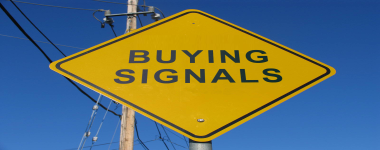This week’s article is a heterogeneous amalgamation of reflections on recent events, the most important of which was the European Central Bank’s (ECB) push into a negative interest rate policy.

The European Central Bank took extraordinary steps this past week to stave off the threat of deflationary pressures in Europe. This included cutting key interest rates below zero for the first time in a bid to get banks to lend more to credit-starved customers and would make, for a start, up to €400 billion ($545 billion) in cheap loans available to banks later this year. The ECB hopes that the banks will lend more to the private sector in the future.
The lengthy four-year maturity on the loans is another first for the ECB and it underscores the worry that sluggish consumer prices and falling credit could create a self-feeding spiral, depressing wages and job creation as well. For now, the ECB stopped short of more direct liquidity interventions it has considered, such as the kind of asset purchases deployed in recent years in the U.S. and U.K.
The problem for the Eurozone is shown in the following chart:

Abnormally high levels of unemployment leave little demand for credit. However, Central Banks continue to operate under the premise that by providing cheaper credit, consumers will borrow in order to consume. However, this Keynesian economic theory is based on a flawed assumption that consumption comes before production. Patrick Barron at the Ludwig Von Mises Institute made a great point recently stating:
“Keynes’s dogma, as stated in his magnum opus, The General Theory of Employment, Interest and Money, attempts to refute Say’s Law, also known as the Law of Markets. J.B. Say explained that money is a conduit or agent for facilitating the exchange of goods and services of real value. Thus, the farmer does not necessarily buy his car with dollars but with corn, wheat, soybeans, hogs, and beef. Likewise, the baker buys shoes with his bread. Notice that the farmer and the baker could purchase a car and shoes respectively only after producing something that others valued. The value placed on the farmer’s agricultural products and the baker’s bread is determined by the market. If the farmer’s crops failed or the baker’s bread failed to rise, they would not be able to consume because they had nothing that others valued with which to obtain money first.
But Keynes tried to prove that production followed demand and not the other way around. He famously stated that governments should pay people to dig holes and then fill them back up in order to put money into the hands of the unemployed, who then would spend it and stimulate production. But notice that the hole diggers did not produce a good or service that was demanded by the market. Keynesian aggregate demand theory is nothing more than a justification for counterfeiting. It is a theory of capital consumption and ignores the irrefutable fact that production is required prior to consumption.”
There is one other issue with the idea of government stimulus. Paying people to produce something is one thing; however, the dollars used to pay those individuals came from the taxes on income that was derived by production elsewhere.Production MUST come first. Despite the Federal Reserve’s ongoing balance sheet expansion, there has been relatively little economic expansion outside of what has been driven primarily by population growth alone.

